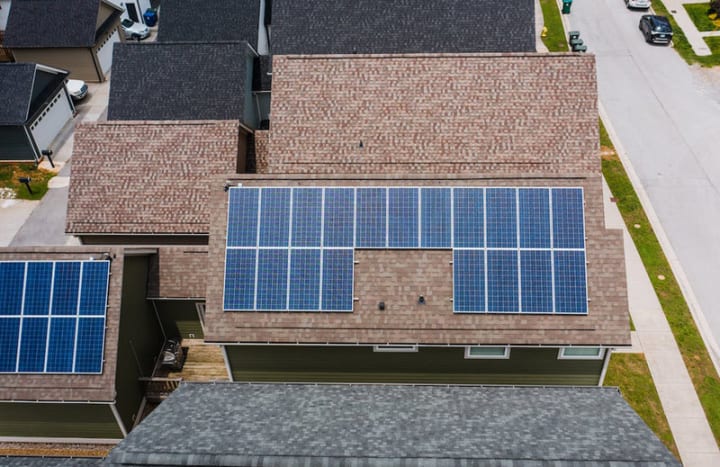
BLUETTI POWER OF CARE
We believe everybody is entitled to equal opportunities for happiness and prosperity.
Since 2021 , we’ve been proud to offer easier access to electricity in a sustainablemanner to over 2,000 Kenyan households
BLUETTI EB3A Portable Power Station | 600W 268Wh

Click Here for more information
600W AC Pure Sine Wave Inverter (1,200W surge);
268Wh Capacity;
430W Max. Fast Dual Charging (Solar+AC);
LiFePO4 Battery with 2,500+ Life Cycles to 80%;
6 Ways to Recharge (AC/Solar/Car/Generator/AC+Solar/AC+Adapter);
9 Outputs for Charging Multiple Devices at once;
Smart Control & Monitor in BLUETTI App;
200W Max. Solar Input;
Easy to Carry/ Fast Charging/ Safe & Reliable/ Cost-effective
24/7 UPS
Combine LiFePO₄ batteryand solar energy
With a lifespan of over 3500 cycles, LiFePO₄ batteries are a sustainable and safe choice for energy storage. Combined with solar panels, they allow solar energy to be stored for use at night, promoting energy independence and contributing to a greener future.

The power of a photovoltaic panel indicates the maximum amount of electricity that the device is able to generate under certain conditions. But how much energy can a photovoltaic panel actually produce? In this article, we will explore the power of solar panels and the amount of energy they can generate, offering a complete picture of the energy production capacity of these products.
Photovoltaic panel power: definition
Generally, when a photovoltaic panel is described , reference is made to its peak power , which represents the maximum electrical power that the panel can generate under specific conditions defined as standard.
The characteristics of a solar panel are often measured in the laboratory, using standard test conditions . They include a solar radiation of 1000W/m2, a temperature of 25°C and an air/mass coefficient of 1.5. These well-defined specifications represent the ideal conditions necessary in order to obtain the maximum energy production from a photovoltaic panel.
The standard test is used to compare different solar panels, applying a common criterion with the aim of measuring their power, expressed in Peak Watts (Wp) or Peak Kilowatts (Kwp).
What is the power of a solar panel?
The term "peak power" is used to compare different solar modules under uniform conditions.
As far as units of measurement are concerned , solar panel power is expressed in peak watts (Wp) or peak kilowatts (kWp). One kilowatt of peak equals 1000 watts of peak.
When calculating the power to be installed based on the available roof area, it is usually considered that a 375 Wp module occupies about 1.7 square meters and has a power of about 220 Wp/m2. For example, if you have an area of 48 square meters available, you can install up to 28 modules (48/1.7) with a total power of 10,500 Wp (28x375).
However, for reasons of safety and wind resistance, it is advisable to maintain a margin space around the photovoltaic system . Thus, approximately 2 square meters of additional surface area must be considered for each single solar panel. Returning to the previous example, a roof of 48 square meters would allow the installation of 24 modules (48/2) with a total power of 9,000 Wp (24x375), corresponding to 187.5 Wp/m2 (900/48).
The power and efficiency of the solar panel are influenced by various factors. Therefore, a 275 Wp solar panel will not produce the same amount of electricity in Milan and Palermo, as the environmental conditions are different.





Comments
There are no comments for this story
Be the first to respond and start the conversation.